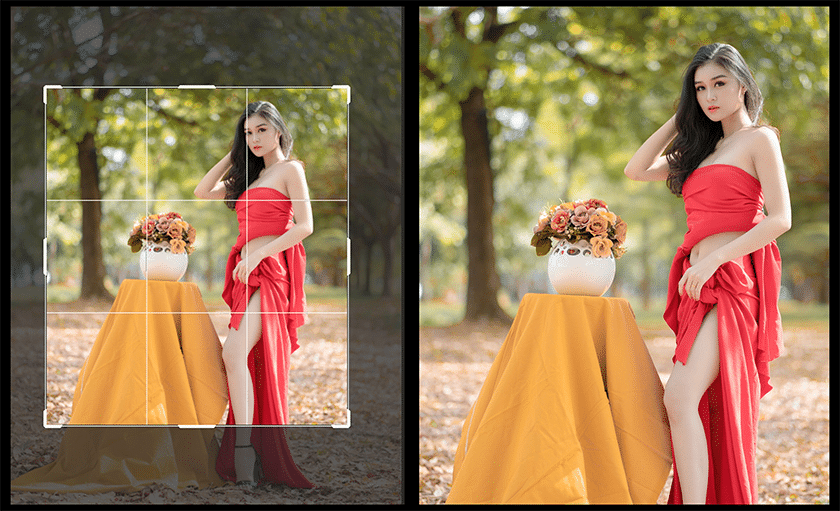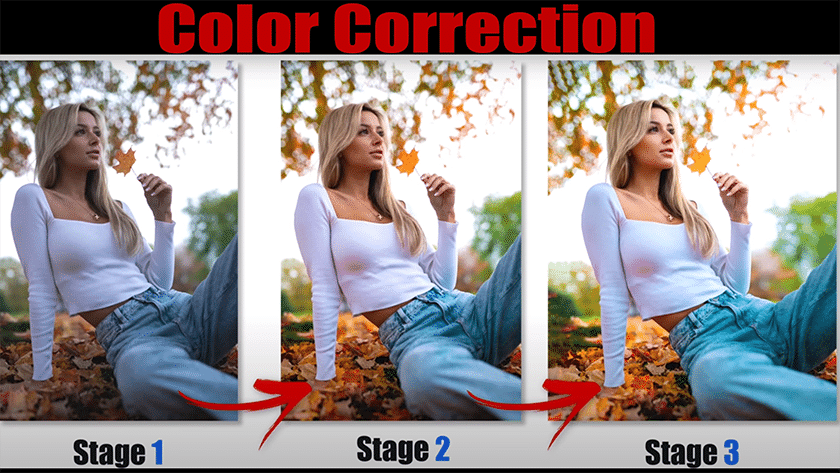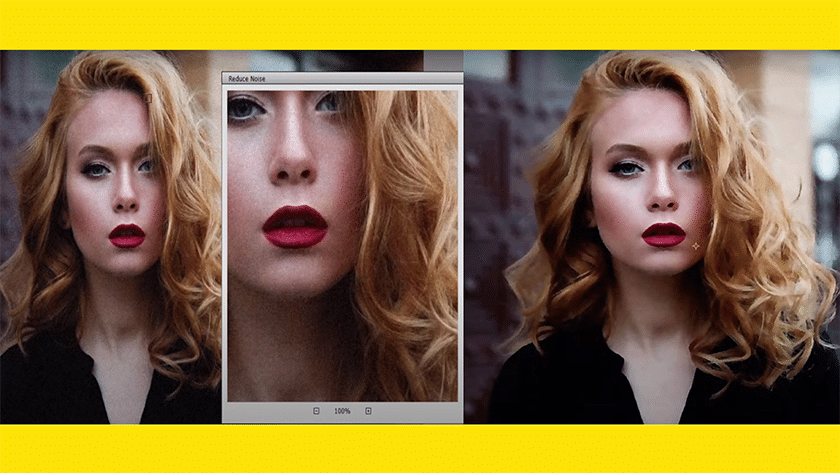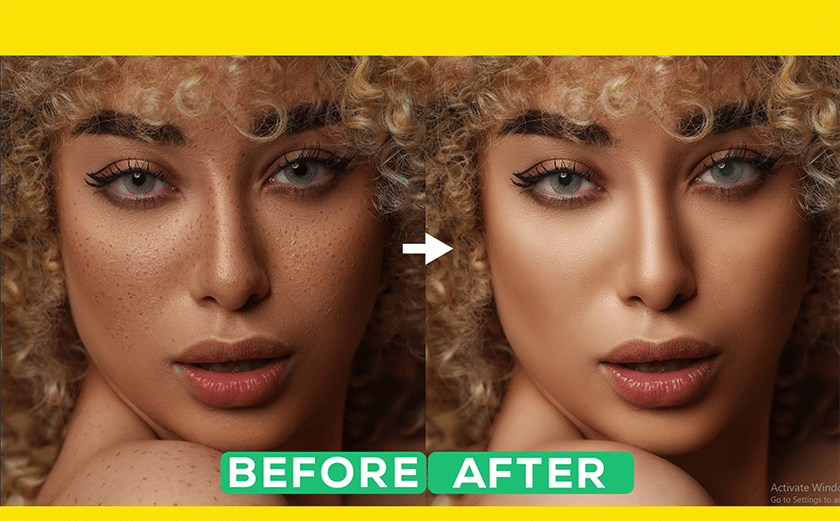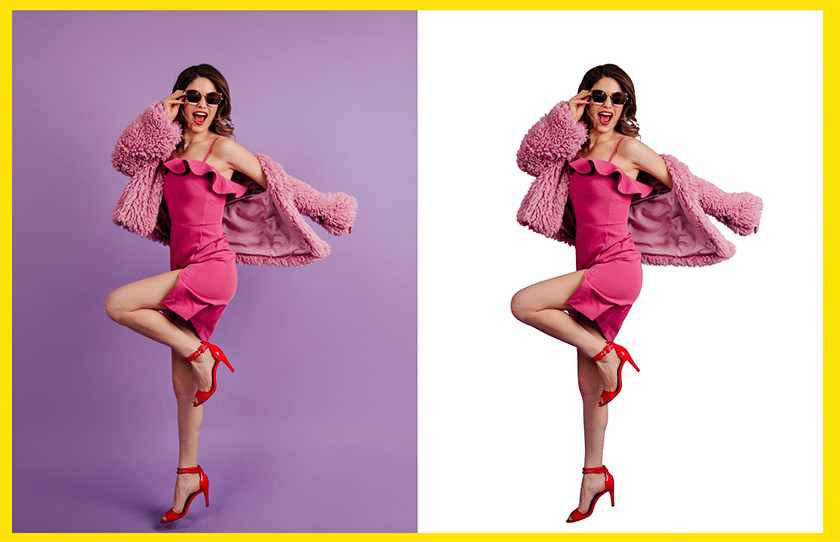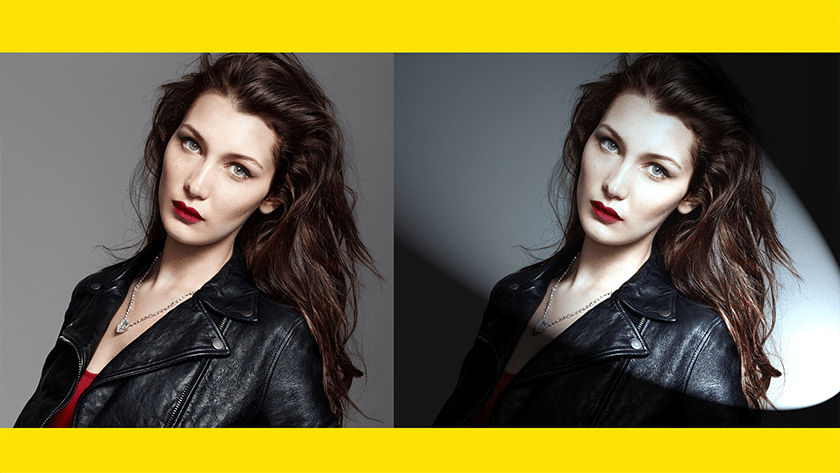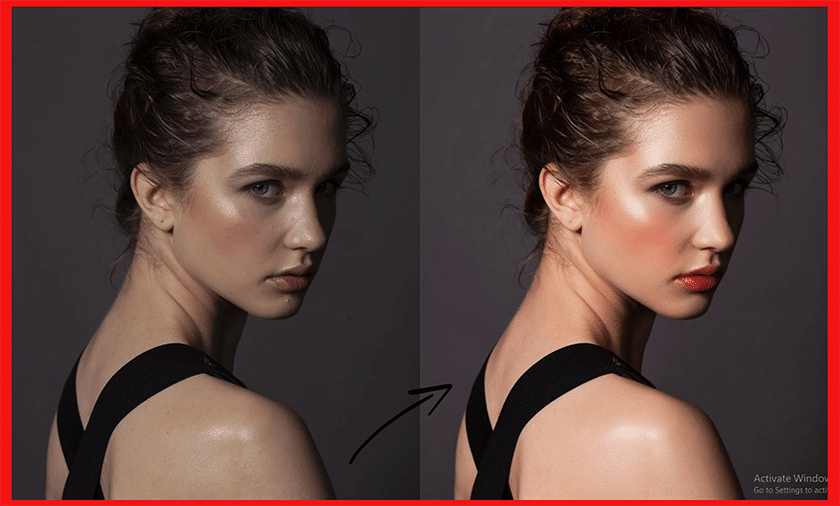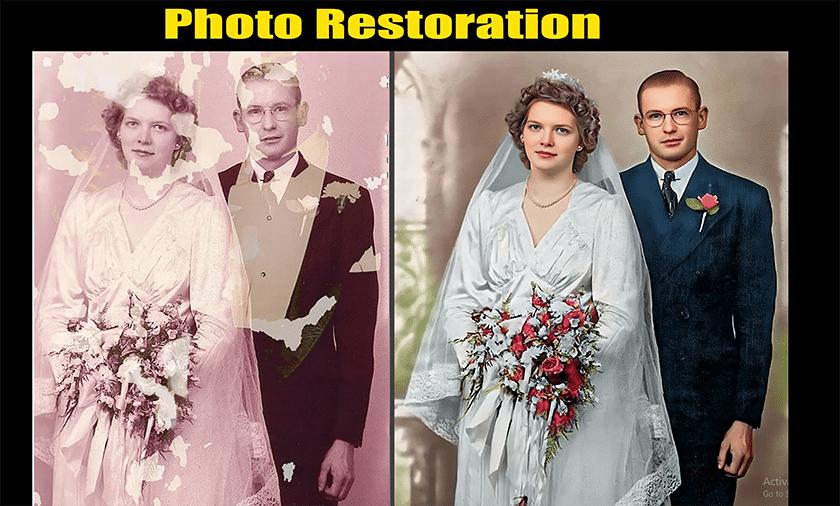In this digital age, editing photos is essential for enhancing images. It is a valuable skill for those looking to improve their photos. But what exactly does photo editing do? How can you use it to enhance your images?
What is Photo Editing?
Photo editing is the process of changing a photo. People do this to improve their appearance or achieve an artistic effect. This can involve many techniques. They range from simple tasks like cropping and color correction to more complex ones. These tasks involve deleting unwanted items, incorporating special effects, and producing photo montages.
Importance of Photo Editing.
Photo editing serves many valuable purposes:
Image Enhancement:
Editing lets you improve the look of your photos. You can enhance them or fully change their style. You can correct colors, fine-tune lighting, and add eye-catching effects.
Fixing Flaws:
Even with a keen eye for a shot, unwanted elements can slip into your photos. Editing lets you cut distractions. You can also fix blemishes and create a polished image.
Creative Expression:
Photo editing helps you transform regular photos into masterpieces. You can manipulate reality and experiment with creative ideas.
Commercial Impact:
It is vital in some industries, including advertising, product photography, and print media, which all rely on high-quality photo editing. Eye-catching visuals can enhance marketing campaigns and attract greater attention.
Evolution of Photo Editing
A Brief History of Photo Editing
Digital photo editing software has changed how we edit images, but the idea of photo editing has a much longer history. Traditional photo editing techniques were practiced in darkrooms for over a century. They involved manual processes, including dodging and burning, controlling exposure in specific photo areas. They also used masking to adjust tones and chemical baths to alter color balance.
Digital photography and photo editing software arrived late in the 20th century, marking a big turning point. Digital editing software offered a more efficient, non-destructive approach to photo manipulation. Photographers could now experiment with edits without losing the original image file. Additionally, digital tools opened doors to many new creative options.
Traditional vs. Digital Photo Editing
Traditional darkroom techniques still hold an artistic niche. However, digital editing is easier and more flexible. That is why most photographers and image editors prefer it. Digital photo editing provides a wide range of advantages:
Precision and Control:
The software provides precise control over every aspect of an image. It goes down to the level of individual pixels.
Speed and Efficiency:
Digital tools often automate repetitive tasks, significantly speeding up editing workflows.
Non-Destructive Editing:
Most modern software uses non-destructive editing. Changes are made without overwriting the original photo. This allows endless revisions and experimentation without losing the original image.
Advanced Techniques:
Digital editing enables complex techniques. They were not possible in the darkroom. These include seamless object removal, realistic compositing, and intricate special effects.
The Power of Photo Editing
Let’s talk about the various ways that photo editing can enhance your images:
Correcting Spots:
Photo editing tools allow you to clean up your images for that new look. Distracting objects, blemishes, and even dust specks and reflections can be effortlessly removed.
Artistic Expression:
Photo editing opens a gateway for unbounded creativity. Experiment with filters, effects, distortions, and compositing to create captivating, visually distinctive images.
Line drawing:
Line drawing offers both precision and expression. Refine shapes and remove imperfections with careful lines, or inject emotion and create captivating minimalist art through bold or delicate strokes.
Foundational Photo Editing Techniques:
Here are some essential editing techniques to master:
Cropping and Resizing:
Crop out unnecessary distractions to refine your composition or zoom in on a key subject. Resize images to fit specific requirements. These might be for web uploads, prints, or social media posts.
Color Correction:
Adjust the white balance to eliminate unwanted color casts. Control saturation and vibrancy to subtly enhance or boldly boost colors. Utilize individual color channels for fine-tuned color adjustments.
Exposure, Brightness, and Contrast:
Rescue overly bright photos by correcting exposure. Adjust brightness to influence the overall lightness or darkness of your image. Control contrast to create a more subdued or dramatic image.
Noise Reduction and Sharpening :
Sharpening improves the details of your image. However, be careful – excessive sharpening can introduce digital artifacts. Noise reduction smooths out graininess. It is often found in low-light photos.
Advanced Photo Editing Techniques
Once you’ve mastered the basics, dive into more editing tools:
Object and Blemish Removal:
Make a perfect image by eliminating unwanted elements and distractive backgrounds. Tools such as the healing brush, patch tool, and content-aware fill simplify this process, removing the need for careful work.
Background Replacement and Manipulation:
Transform your photos entirely by replacing backgrounds or creatively manipulating them. Advanced masking techniques ensure precise subject isolation for stunning composites and special effects.
Filters and Effects:
Explore a wide selection of pre-designed filters. You can apply them with a single click, and they quickly change the mood of your photos. Utilize customizable effects for artistic color grading, vintage film simulations, or textured overlays. To have precise control, use brushes and gradients to add effects selectively.
Layer-Based Editing and Compositing:
Layers are important for non-destructive editing. They allow you to stack elements and make local adjustments. You can also try blending modes to merge images, unlocking the boundless potential for creative composites.
Specialized Types of Photo Editing
Retouching Portrait and Beauty:
Improve portraits by smoothing skin and subtly removing blemishes. Use body sculpting with caution. Also, do teeth whitening and eye enhancements. Ethical considerations are crucial in beauty retouching to avoid setting unrealistic beauty standards.
Photo Restoration:
Breathe new life into old, damaged photos, return faded colors, fix scratches or tears without damage, and rebuild missing details with advanced editing.
HDR Photography (High Dynamic Range):
HDR involves merging multiple exposures to capture details in bright highlights and deep shadows. When done well, HDR looks hyper-realistic. But over-editing makes it look stylized and fake.
Creative and Abstract Photo Editing:
Explore a world where the only limit is your imagination. Use distortion, glitches, and odd techniques to turn photos into unique art. This goes far beyond realistic edits.
How to find a photo editor?
When your editing skills fall short, you have two main options:
Hire a Freelance Photo Editor:
You can find photo editors from Fiverr, freelance.com, and Upwork Etc. They have different skill sets and pricing. Check their reviews and portfolios carefully to find the right fit for your project.
Partnering with a Photo Editing Company:
Professional photo editing services offer dedicated expertise. They also offer consistent quality and scalability. They can handle large volumes of images. So decide what do you want.
Clipping Path King: your trusted photo editing partner
Clipping Path King is a trusted and top photo editing service provider. Its great quality and fast work are well known. Here’s why we stand out:
Wide Range of Expertise: Our team handles everything from simple editing to complex retouching. We also do advanced photo manipulation.
Customization and Detail: We work closely with you to understand your editing needs. Make sure the work is done meticulously.
Timely Delivery: Our streamlined workflow ensures projects are delivered on time, even with tight deadlines.
Competitive Pricing: Our pricing structure offers excellent value without compromising on quality.
Industry-Leading Software
Adobe Photoshop
 The Gold Standard: The best software for professional photo editing is Adobe Photoshop, which has over 22 million subscribers. Beloved by professionals from various fields, its extensive tools and flexibility are unmatched.
The Gold Standard: The best software for professional photo editing is Adobe Photoshop, which has over 22 million subscribers. Beloved by professionals from various fields, its extensive tools and flexibility are unmatched.
Key Features: It has advanced layer-based editing. Extensive retouching tools, masking and selection tools, and content-aware fill. It also has text editing, animation, and 3D capabilities. It has extensive plugin support and batch processing.
Best For: This group includes professionals in many fields. They need the most powerful features and use many plugins.
Considerations: With a steep learning curve, the subscription-based model can be cost-prohibitive for some.
Adobe Lightroom
Photographer’s Workhorse: It is designed to streamline workflows and process large photos. Lightroom is great at color, exposure editing, and RAW file adjustments.
Key Features: The app offers non-destructive edits. It has intuitive organization and cataloging tools. It also has robust RAW file support, presets, and lens corrections. Plus, it has cloud sync and works on mobile.
Best for Photographers needing efficient workflows, extensive RAW editing controls, and cloud-based image organization.
Considerations: Less advanced feature set than Photoshop, limited compositing and retouching tools.
Professional Alternatives
GIMP
 The Open-Source Powerhouse: GIMP is free. It has a robust set of tools like Photoshop. This attracts those on a budget or who support open-source.
The Open-Source Powerhouse: GIMP is free. It has a robust set of tools like Photoshop. This attracts those on a budget or who support open-source.
Key Features: It has layer-based editing. GIMP has selection tools, color correction, filters, and effects. It also has brushes, text tools, and community-made plugins.
Best For: Budget-conscious users, those experimenting before committing to premium software, and open-source software enthusiasts.
Considerations: The interface can feel less polished. It has a steeper learning curve than more streamlined options.
Affinity Photo
Photoshop Contender: It gains wide acclaim for its easy interface and strong features. It uses a one-time sale model.
Key Features: Affinity Photo has advanced RAW processing, layers, and non-destructive editing. It also has masking and retouching tools, panorama stitching, HDR merging, focus stacking, and batch processing.
Best For: Price-sensitive users, those seeking the power of Photoshop without a subscription-based model.
Considerations: Smaller plugin community than Photoshop, fewer cutting-edge features.
Capture One Pro
-
Studio Favorite: Focused on professional needs, known for exceptional color control and RAW editing tools. Tethered shooting support makes it popular in studio work.
Key Features: It has industry-leading RAW processing, precise color editing, and layers. It also has local adjustments, lens correction, and session-based workflows. Plus, it has tethered shooting capabilities.
Best For: Studio photographers, product photographers, and professionals demanding the best color rendition.
Considerations: More limited in compositing and certain advanced tools compared to Photoshop.
Web-based and Mobile Apps
- Pixlr and Photopea
- Browser-Based Editing:
- Online image editors are remarkable. They mimic traditional desktop software. They are great for quick edits on any device.
- Key Features:
- Layers, basic and advanced adjustments, selection tools, limited retouching, filters, and effects.
- Best For:
- Quick edits on the go, occasional users who prefer not to install software, Chromebook users.
- Considerations: Performance can depend on internet speed and may lack certain specialized features.
- Canva
- User-Friendly Design Platform: Primarily a graphic design tool with integrated photo editing abilities.
- Key Features:
- Included templates. The interface is intuitive. You can drag and drop to edit. There are text tools and stock photo integration. You can do basic photo editing.
- Best For:
- Casual users make social media graphics and simple collages. They also add text and other elements to photos.
- Considerations: Photo editing capabilities are less comprehensive than dedicated software.
- Snapseed and VSCO
- Intuitive Mobile Powerhouses: Provide surprising editing power tailored to touch interfaces.
- Key Features: Exposure and color adjustments, presets, selective editing, retouching tools, and stylized filters.
- Best For: Editing photos on smartphones, social media-focused editing, and quick on-the-go adjustments.
- Considerations: Limited precision and advanced features compared to desktop software.
Conclusion
The possibilities with photo editing are truly limitless. You may seek to perfect your everyday snapshots. Or, create stunning art. Or, boost your business with polished images. Photo editing is a powerful skill.
Remember, with great editing power comes responsibility. Strive for honesty when sharing altered images. Avoid excessive manipulation. It could promote harmful or unrealistic standards.
What is photo editing? FAQ:
Does photo editing ruin the original photo?
Is photo editing difficult to learn?
Can I edit photos on my phone?
What's the difference between raster and vector images?
What is the most popular image format, and where should you use it?
Can I edit photos taken on my smartphone the same way as photos taken with a dedicated camera?
Where can I find free images or stock photos for my editing projects?
What are some tips for developing my own photo editing style?
Find photographers whose work you admire and analyze their techniques.
Make personal presets or actions. They will speed up your work and make a consistent look.
How can I prevent the unauthorized use of my edited photos?
Add discreet watermarks to your finished images.
Register your work with the copyright office (if applicable).
Be mindful of where and how you share your high-resolution files.
Is it okay to heavily edit a person’s appearance in a photo?
Transparency is key if presenting a retouched image as real.
Should I always get permission before editing someone else's photo?



